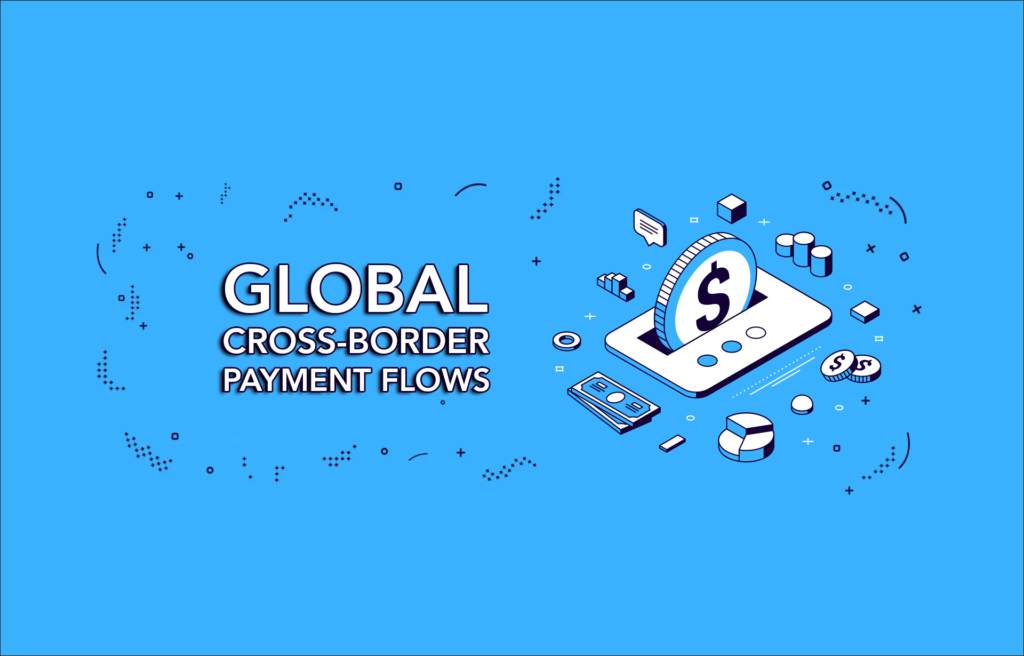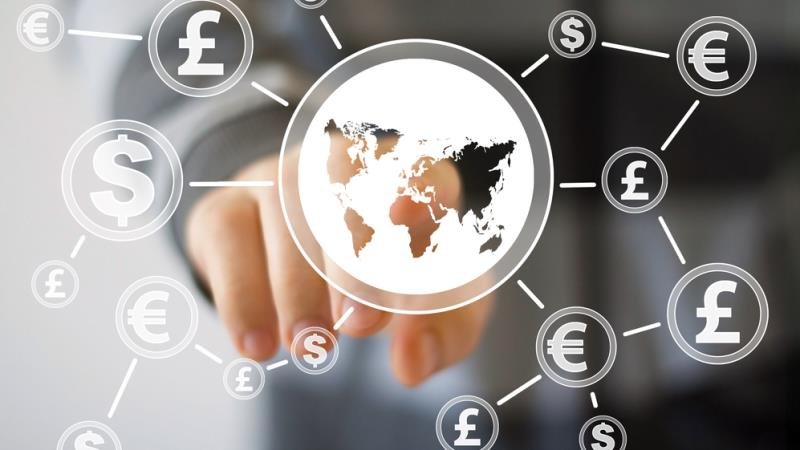In an increasingly interconnected world, the concept of banking is undergoing a radical transformation. Gone are the days when financial services were confined within national borders. Today, the rise of borderless banking is reshaping the global financial landscape, enabling individuals and businesses to seamlessly conduct transactions, access credit, and manage wealth across countries. This shift is driven by technological advancements, regulatory changes, and the growing demand for financial inclusivity. Let’s explore how cross-border financial ecosystems are revolutionizing the way we think about banking.
What is Borderless Banking?
Borderless banking refers to financial systems and services that operate beyond geographical boundaries, allowing users to access and manage their finances globally without the traditional constraints of local banking systems. This includes cross-border payments, international money transfers, multi-currency accounts, and global investment opportunities. Powered by fintech innovations, blockchain technology, and open banking frameworks, borderless banking is breaking down barriers and creating a truly global financial ecosystem.

Key Drivers of Borderless Banking
- Technological Advancements: The proliferation of digital platforms, blockchain, and artificial intelligence has made it easier to process cross-border transactions securely and efficiently.
- Regulatory Support: Governments and regulatory bodies are increasingly adopting policies that encourage cross-border financial activities, such as open banking initiatives and standardized compliance frameworks.
- Globalization: As businesses expand internationally, the need for seamless financial services across borders has become critical.
- Consumer Demand: Individuals are seeking more flexible, accessible, and cost-effective ways to manage their finances globally, especially in an era of remote work and digital nomadism.
Benefits of Borderless Banking
- Enhanced Accessibility: Individuals and businesses can access financial services from anywhere in the world.
- Cost Efficiency: Reduced fees for cross-border transactions compared to traditional banking methods.
- Speed: Real-time or near-instant processing of international payments.
- Financial Inclusion: Unbanked or underbanked populations gain access to global financial systems.
- Diversification: Multi-currency accounts and global investment opportunities allow for better risk management and wealth growth.
Challenges and Risks
While borderless banking offers numerous advantages, it also comes with challenges. These include regulatory complexities, cybersecurity threats, currency volatility, and the risk of financial crime. Addressing these issues requires collaboration between governments, financial institutions, and technology providers to ensure a secure and sustainable ecosystem.
The Future of Borderless Banking
The future of borderless banking lies in the continued integration of emerging technologies like decentralized finance (DeFi), central bank digital currencies (CBDCs), and AI-driven financial tools. As these innovations mature, cross-border financial ecosystems will become even more seamless, secure, and inclusive, paving the way for a truly globalized economy.
Unique FAQs About Borderless Banking
1. How does borderless banking differ from traditional banking?
Borderless banking eliminates geographical restrictions, allowing users to access financial services globally. Unlike traditional banking, which is often limited to a single country, borderless banking enables cross-border transactions, multi-currency accounts, and international financial management through digital platforms.
2. What technologies enable borderless banking?
Key technologies include blockchain for secure and transparent transactions, artificial intelligence for personalized financial services, and open banking APIs that allow different financial systems to communicate seamlessly. Additionally, cloud computing and mobile technologies play a crucial role in making borderless banking accessible.
3. Is borderless banking safe and secure?
While borderless banking leverages advanced security measures like encryption and biometric authentication, it is not immune to risks such as cyberattacks and fraud. Users should choose reputable platforms and stay informed about best practices for securing their financial data.
4. Can borderless banking benefit small businesses?
Absolutely. Small businesses can leverage borderless banking to expand into international markets, accept payments in multiple currencies, and reduce transaction costs. This opens up new growth opportunities and simplifies financial management for global operations.
5. How will borderless banking impact traditional banks?
Traditional banks will need to adapt by integrating digital solutions and partnering with fintech companies to remain competitive. While some may see borderless banking as a threat, others view it as an opportunity to innovate and offer more value to their customers in a globalized economy.
Borderless banking is no longer a futuristic concept—it’s a reality that’s transforming the way we interact with money on a global scale. As cross-border financial ecosystems continue to evolve, they promise to unlock unprecedented opportunities for individuals, businesses, and economies worldwide.
